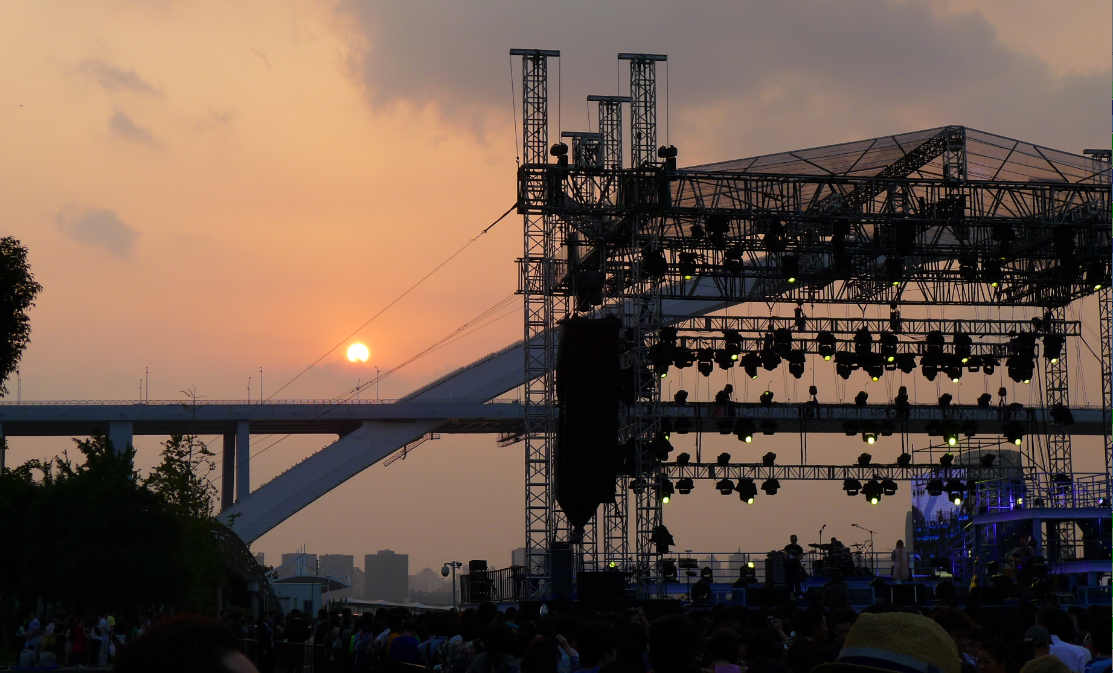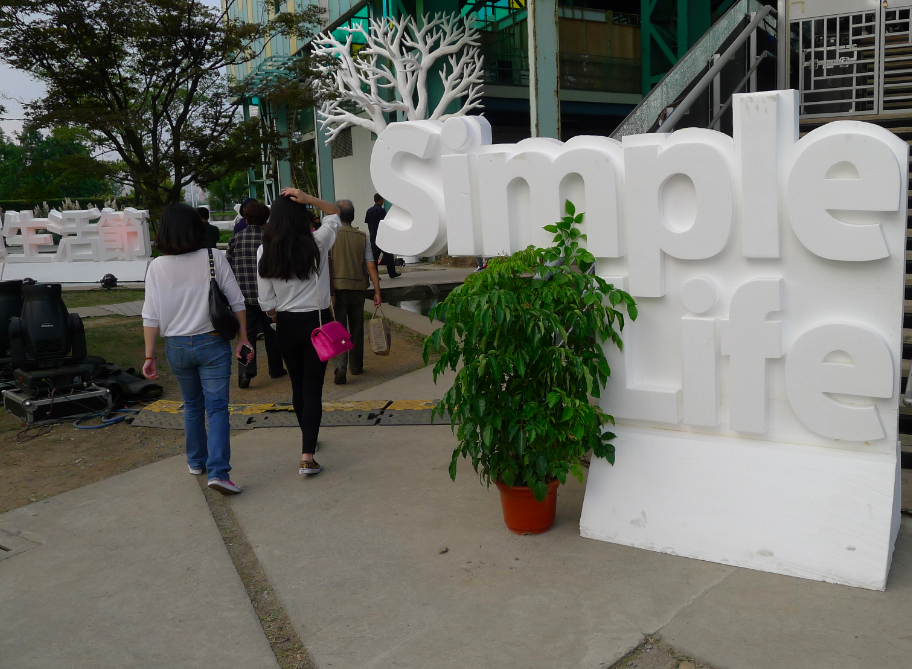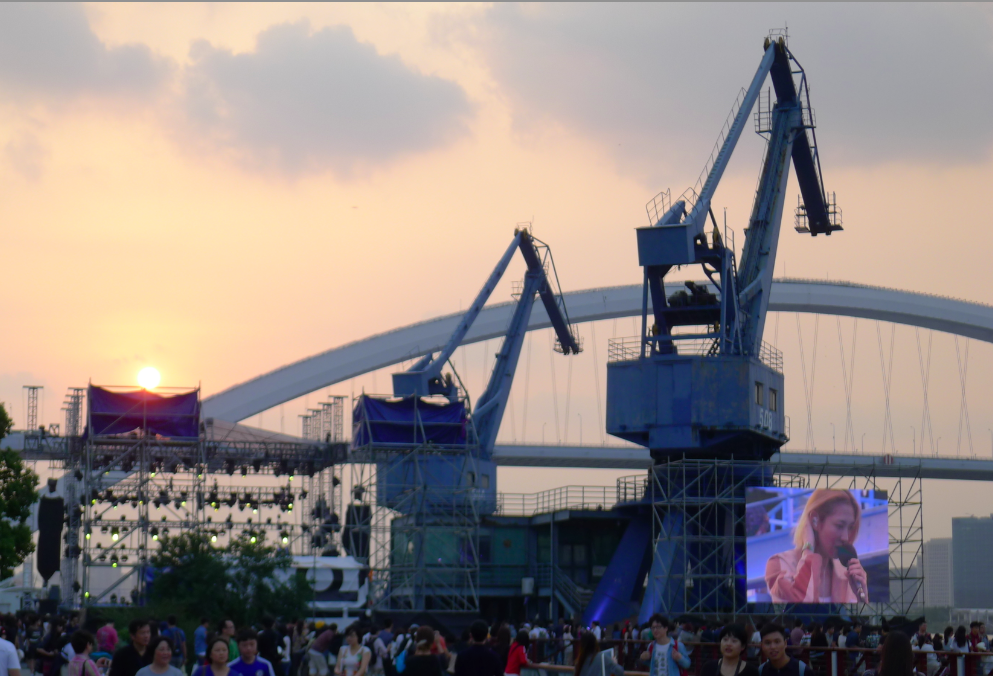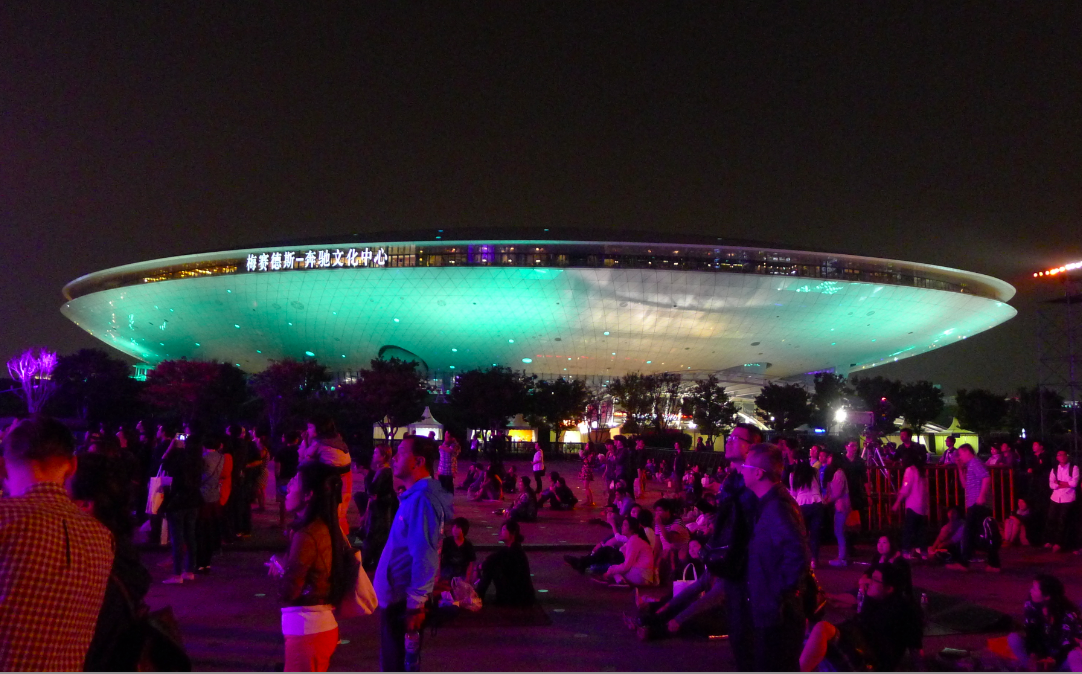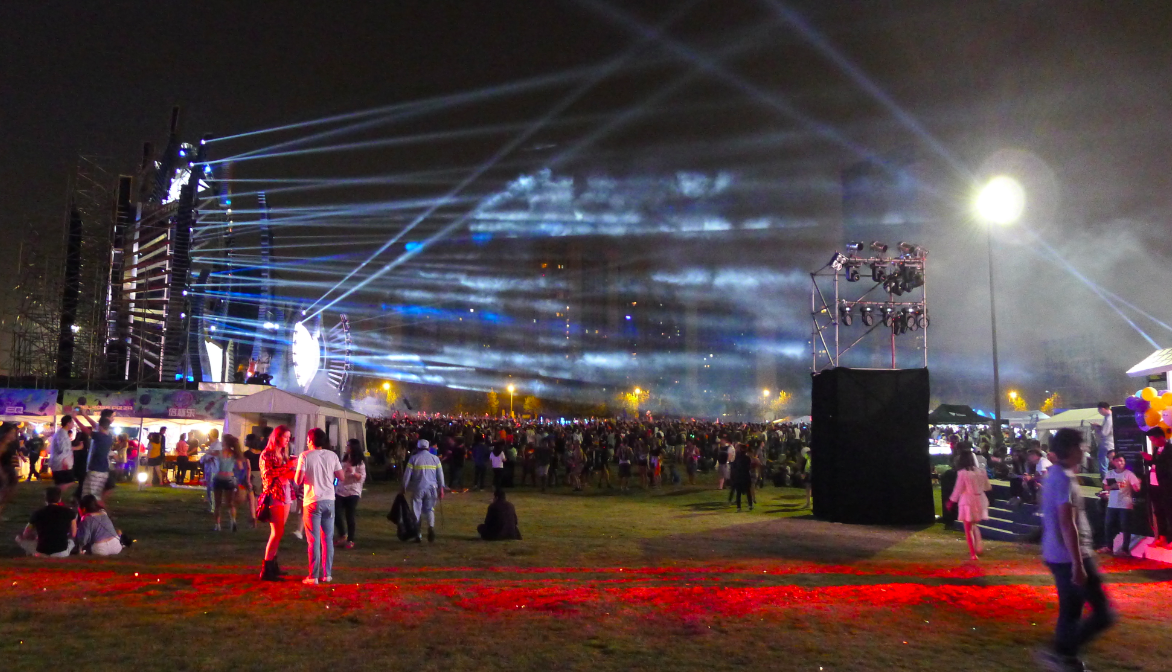The October Golden Week National Holiday is a good time to have an outdoor festival in Shanghai. It is pretty much the most benign period of the year in terms of weather, with balmy temperatures and a low chance of rain, plus the holiday affords a country of over a billion people the chance to do something more than sit around the table with the fam, as is typical in the Spring. The result? The National Holiday is now an annual run around the fountain for local governments and flagrantly wealthy venture capitalists. An accumulation and outpouring of capital has at best, resulted in a whole host of holiday entertainment options and at worst, become somewhat destructive to the wellbeing of the overall live sector.
The Chinese market (special shout out to Shanghai here) seems particularly impressionable when it comes to hyperbole. Investment decisions are too often prompted by zeitgeist and opportunistic thinking. Just a couple of years back, there were just a few festivals trying to develop an audience while at the same time balancing costs; we now have a situation in Shanghai which sees (between October 1st – 19th alone) 6 large-scale festivals including:
• MIDI Changjiang Festival
• STORM Festival
• Simple Life Music Festival
• Shanghai World Music Festival
• JZ Festival
• Top 100 DJs Festival
Music Festivals are really only 8 years old in China (with pioneering Midi as the exception). However, all it takes in this cash-rich, investment-poor economy is one vague sight of success (read Modern Sky, which was able to secure venture capital, sign long-term sponsorship deals and actually get a significant number of people to its main festival brand, Strawberry) for outsiders to suddenly see a great and viable business opportunity, even though the economics don’t really stack up. Big traditional Chinese promoters and venture-backed companies are piling in (while influential players take flight).
Look no further than the triad of festivals made up of Simple Life, West Bund and JZ. Simple Life and West Bund had similar line-ups, were run by the same promoter, and were partially supported by two different local district governments. Both events are ostensibly trying to take a chunk from JZ’s audience, a mature 30+ demographic that has never traditionally been a festival-going crowd. Getting sophisticated cats that like to have their jazz, blues and nostalgic Chinese pop out in a field is a challenge that JZ has pretty much taken on alone up to this point, and the festival’s skew toward more mainstream popular acts in recent years is telling of its hopes to expand.
Those of us who went to Simple Life and West Bund reported that the turnout at both was pretty poor (despite attendance claims of 600,000*) – particularly considering the massively mainstream selection of pop artists. That’s not to say the experiences weren’t good, but financially, they probably didn’t hit any kind of mark. Furthermore, Simple Life and JZ are using the same venue as Modern Sky’s Strawberry, which means beyond the line-up they can’t benefit from much differentiation. As one of our companions to Simple Life said:
“…this festival has basically booked every single popular act from HK and Taiwan ever. Where do they go from here?”
Having said this, Simple Life’s unadulterated ethos and voluntary embargo of alcohol helped to set it apart – beautiful stages and wooden enclosures to the market (rather than the usual plastic white tent) were nice touches that leant credence to an argument that this was a festival thinking about more than simply short-term profits.
Midi benefits from its unique location and maintains its core following. The camping option actually happened this time, which was great, although the festival has been plateauing for years: same acts, the addition of more unnecessary stages, same vibe, multiple times a year. They need to change things up, or else why would anyone be incentivized to go on a biannual basis, now that there are options? Despite the ongoing sound bleed issues (9 stages with the metal stage less than 500m from the main one) and general logistical issues that we can’t believe they still haven’t fixed, Midi is the most real and fun festival on offer.
Then there’s starry-eyed Storm, the brand-bolstered babe that depends on feed from Budweiser’s subsidy, countrywide pop-up shows and 40 kuai on-site beers (if you could find them). Storm went big in every conceivable way, most notably in production, which was huge, unique and memorable. As far as media goes, they took a whitewash approach, paying to own everything in the run up. It was ubiquitous. There were less freakish sideshows and the audience seemed more into it this year, but the festival must have lost big again (financially) and it didn’t seem like they had sold any more tickets than in 2013.
Storm is a grand spectacle, but not really a festival. It’s all about the “Big Wow”, an epilepsy-inducing sensory binge set against the backdrop of a line-up barren of diversity. There is nothing to do beyond staring at the huge and overpowering stages. It sparked a lot of engagement and buzz, and will have great recall next year: people who were there wanted to be there, and were glad they went. But that doesn’t make it a good festival.
We feel good festivals shouldn’t re-create the divisions between the “haves” and “have-nots” and project them in your face via raised platforms and champagne flutes. Good festivals should create and encourage opportunities to build solidarity between all members of a community (perhaps you could argue there is something in the global DNA of EDM that requires the transposed VIP club experience.)
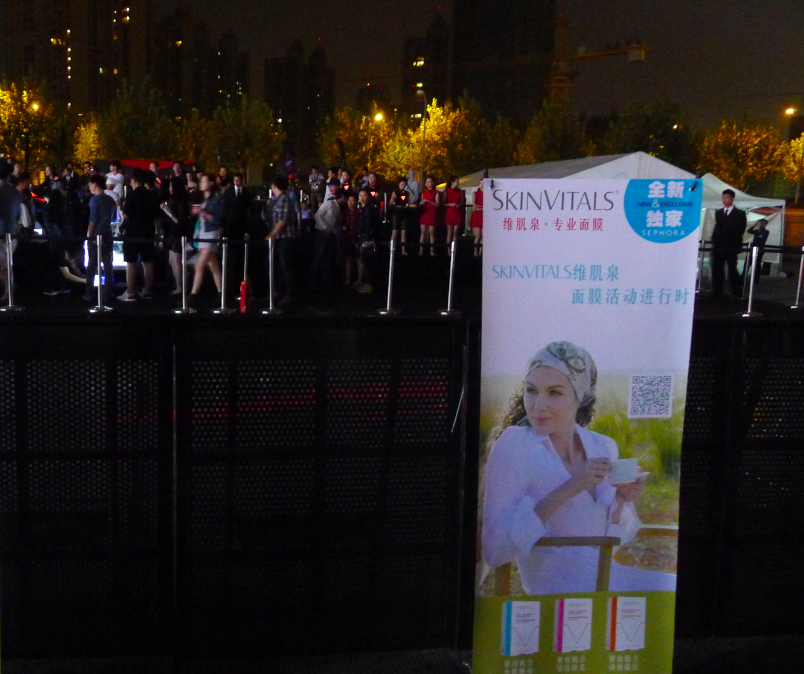
In our opinion, a good and sustainable festival model should be angling to show investors a path to real returns and should be very careful about dependency on sponsorship money and the overtly commercialized atmosphere that results. We understand that China is still a special case, but there must be an argument now for brands taking too much of the centre stage, and asking increasingly for more.

Next up we have the Top 100 DJs Festival, which is backed by Sino Group, the owner of the biggest group of clubs in China. They’ve got the audience and the track record to make it a big deal. The line up is a little less straight-down-the-line than Storm’s, so it will be interesting to see what the turnout is like.
Conclusion
Beijing has been comparably still this holiday period, likely because getting anything passed on the government’s doorstep is becoming an increasingly complicated and nuanced art, not to mention the need for fresher festival programming each year to satisfy the cynical Beijing audiences. Shanghai is saturated: festivals are trendy, and everyone wants in. The tendency of competitors to focus on their own agendas and a widely adopted dog-eat-dog attitude means that instead of different events being mutually supportive, they will end up competing and eventually cancelling themselves out. This will be accelerated if and when brands and those with venture capital reduce funding and move on to the next big thing. Smaller-scale events will weather the period by securing a stronghold within a specific niche and growing organically.
As a long-term supporter of music festivals, the fact that absolute numbers of festivalgoers is increasing is a wonderful thing indeed. Storm and Simple Life brought much needed change with their production and extra curricular activities respectively. Incumbents will now have to raise their games, something they have been loathe to do over the last few years. There are of course opportunities for new entrants, but this is becoming an increasingly hard game to play, and the barriers to entry are high.
* CCTV reported here a completely absurd attendance figure of 600,000, again showcasing the level of hyperbole necessary to make these events seem successful.
**See SmartShanghai’s Midi vs. Storm Debriefing for another perspective.
